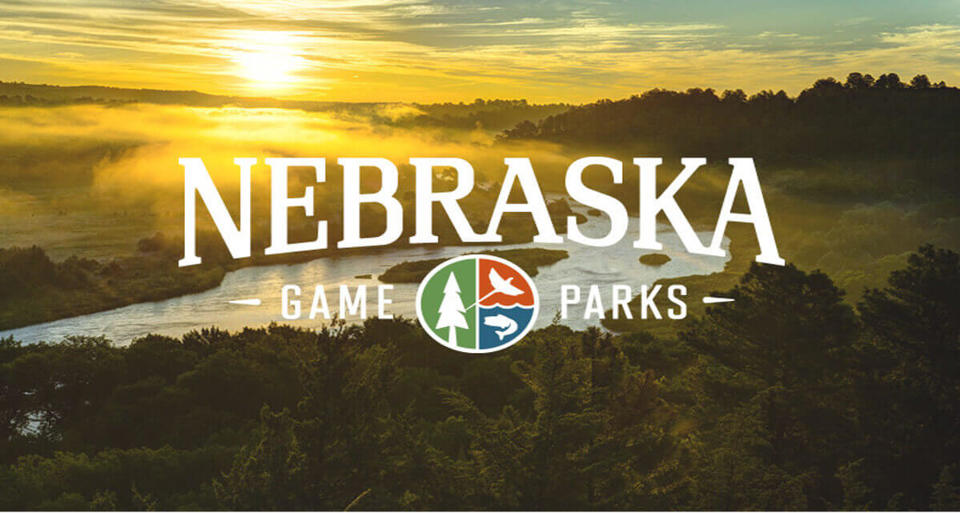Nebraska has many fur harvesting opportunities

Nebraska offers long seasons and abundant opportunities to harvest furbearers and coyotes throughout the state.
These animals are common in Nebraska, and most are found statewide. Regulated harvest of these mammals is an important management tool for controlling populations to reduce problems they can cause people and property.
Hunting and trapping seasons typically are designed to allow furbearer harvest during the fall and winter, when the pelts are prime, and the animals are less likely to have dependent young. This gives hunters an opportunity to earn extra income, play a role in the species management and enjoy time outdoors.
Nebraska has three furbearers that only may be trapped – muskrats, beavers and river otters. Raccoons and opossums have an early hunting-only season. Those two species, along with bobcats, badgers, mink, long-tailed weasels, red fox, gray fox and striped skunks, also have seasons where they may be hunted or trapped.
Hunting and trapping are permitted statewide, except where closed by federal, state or local laws or regulations. Hunters and trappers must get permission before hunting or trapping on private land that is not part of a public access program.
River otters have a season bag limit of one for each harvester with no overall limit. For other furbearers, there is no bag limit for Nebraska residents. Nonresidents may harvest up to 1,000 furbearers, with a fee for each additional 100 furbearers taken over 1,000.
For residents ages 16 and older, a fur harvest permit and habitat stamp are required to hunt or trap furbearers in Nebraska; no permit is needed for residents to harvest coyotes. Nonresidents need a nonresident small game permit for coyotes and a nonresident fur harvest permit and habitat stamp to harvest furbearers.
Residents may buy fur harvest permits at OutdoorNebraska.gov, but nonresident permits only may be purchased at Game and Parks’ Lincoln office. Call 402-471-5457.
Find more information on furbearer hunting and trapping in the Nebraska Small Game and Waterfowl Guide. It is available wherever permits are sold or online at OutdoorNebraska.gov. Search for “Guides.”
The 2024-2025 Nebraska furbearer seasons are:
Trapping
Muskrat and beaver – Nov. 1, 2024-March 31, 2025
River otter – Nov. 1, 2024-Feb. 28, 2025
Hunting
Raccoon, Virginia opossum – Sept. 1-Oct. 31, 2024
Hunting and trapping
Badger, mink, long-tailed weasel, raccoon, Virginia opossum, red fox, gray fox – Nov. 1, 2024-Feb. 28, 2025
Bobcat – Dec. 1, 2024-Feb. 28, 2025
Striped skunk – year-round
Coyote – year-round
Motorists should use caution to avoid collisions with deer
Fall is the time of year when deer are more active. Crops are being harvested and deer breeding season is in full swing. The Nebraska Game and Parks Commission has tips to help drivers avoid deer-vehicle accidents and lessen the risk of injury or vehicle damage.
- During the breeding season, bucks become more active searching for does. Bucks are bolder, less wary and more susceptible to collisions with vehicles. Deer are more active between dusk and dawn, but movement peaks near dawn and dusk.
- The harvesting of crops could push deer out of an area and toward a road or highway.
- Anticipate the possibility of a deer on the road. Prepare to stop suddenly but know braking too sharply or swerving may cause you to lose control and roll your vehicle.
- Wear your seat belt.
- When driving near shelterbelts, woodlots, rivers or creeks, especially during evening or early morning, slow down and watch for deer. Keep your headlights on high beams if there is no approaching traffic.
- When you spot a deer, assume there will be others in the same area.
- Deer often appear to be disoriented or confused by headlights. Some react by freezing in the light, some dart into the path of the vehicle and others bolt away. Honk your horn and flash your high beams to frighten deer away. If there is other traffic on the road, activate your emergency flashers and tap your brakes to alert other drivers to the potential danger.
- Many places where deer-vehicle collisions occur are posted with “deer crossing” signs. Pay attention in these areas.
- The driver may take possession of deer struck, they must contact the Game and Parks within 24 hours and have 48 hours to receive a salvage tag from a conservation officer or designee. To see a list of conservation officers, visit OutdoorNebraska.gov and search “Officers.”
- Regardless, call a law enforcement officer if you strike a deer as the animal could pose a potential hazard to other drivers. Move your vehicle to the side of the road, if possible, and turn on your hazard lights.
It pays to be vigilant behind the wheel. According to a recent State Farm report, more than 1.8 million auto insurance claims involving animal collisions were filed across the nation from July 1, 2023, to June 30, 2024, with deer being the animal most often struck. The report also says U.S. drivers, on average, have a 1 in 128 chance of colliding with an animal. In Nebraska, the odds are 1 in 140.
